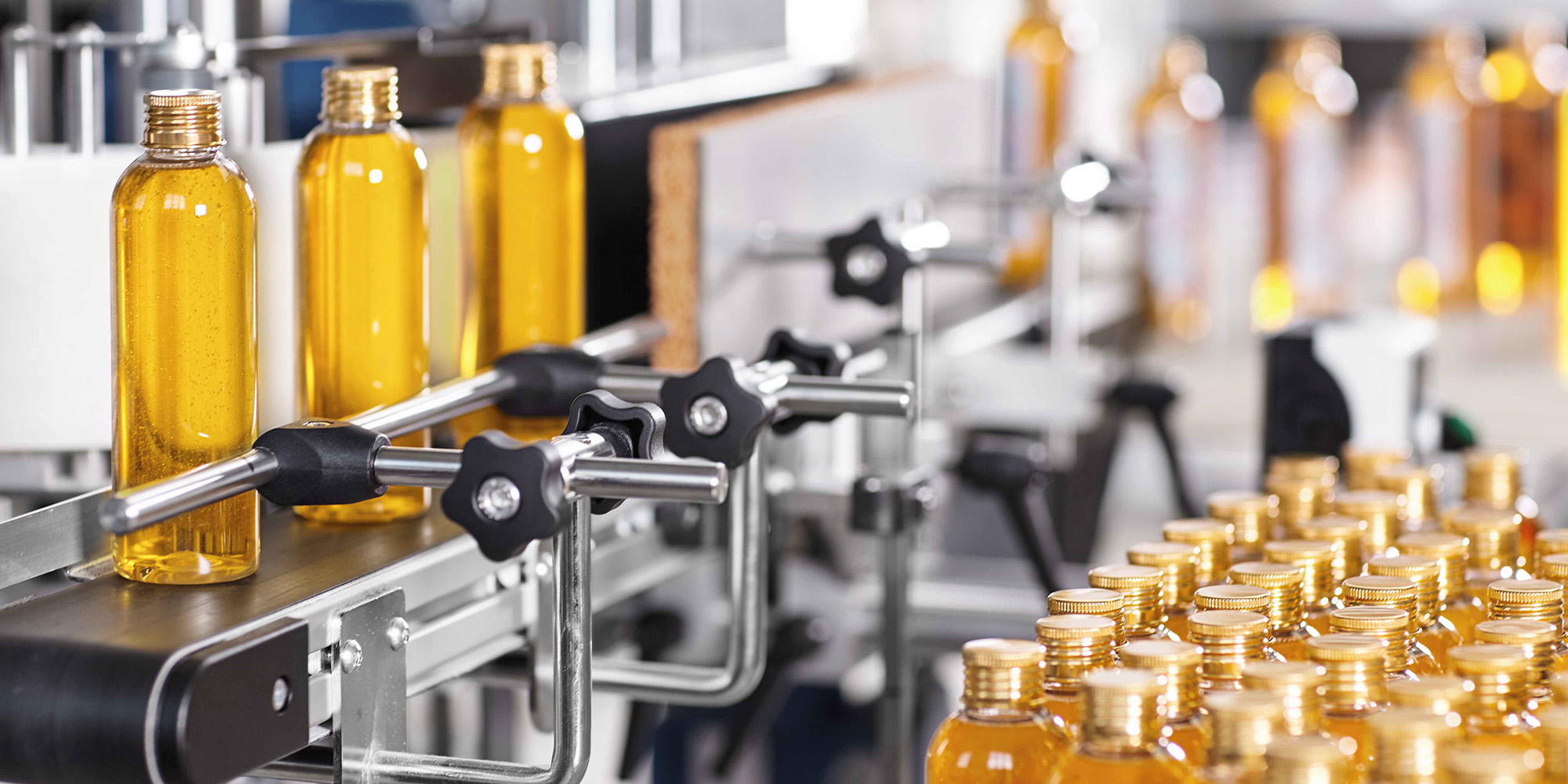
Unpacking Beauty Copacker Consolidation With Raymond James Investment Banker Jon Tenan
Raymond James has been the fulcrum of several recent big deals in the beauty space, including those involving the brands Roc, K18 and Dr. Dennis Gross Skincare. More under the radar, the investment bank is working to affix itself as the leader in a segment essential to the beauty industry that’s literally and figuratively behind the scenes: contract manufacturing.
About two years ago, Raymond James focused director Jon Tenan’s efforts on the segment, where it’s been the investment bank for manufacturer Goodier’s sale to private equity firm Gryphon Investors, copacker platform Anjac Health & Beauty’s purchase of manufacturer Apollo and the sale of manufacturer Marianna Industries to copacker platform Cohere Beauty. Raymond James’ focus on contract manufacturing reflects its belief that deal activity will rise in the space.
“We have sold and raised capital for some amazing brands, and through those processes, we have learned a lot about the contract manufacturing landscape. We started to notice that the best-in-class contract manufacturers were doing something different—and that maybe we should do something here,” says Tenan. “A lot of times people come to it from an industrial angle and that’s relevant, but a huge part of the value proposition is the partnerships on the brand side and with the end market, and we have an interesting perspective because we understand the brands.”
To help us understand consolidation in beauty contract manufacturing, we turned to Tenan to fill us in on what’s driving private equity interest in contract manufacturing, how investors are approaching valuation, key independent and private equity-backed players in the sector, growth opportunities for these players, what the future holds for the biggest platforms, and the possible impact of manufacturing deals on consumers.
What are the dynamics that have led to investors’ interest in beauty contract manufacturing?
The beauty brand side of M&A has had momentum for a very long time, and there are a lot of investors who have benefited from that. They got into brands early and saw them grow on shelf and in DTC and expand internationally.
That has given rise to a lot of interest in the beauty sector, but there is a large set of investors that are reticent to pay expected brand multiples or are nervous about picking brands to back.
These investors are thinking they would like to play in the sector, but it’s increasingly difficult to do so on the branded side. Contract manufacturers for brands have been a fantastic vehicle for these investors to enter beauty. There’s Lee Equity with Cosmetic Solutions, Knox Lane with Elevation Labs and The Jordan Company with Allure Labs, to name a few.
What do valuations look like for contract manufacturing deals?
Similar to the branded side or any type of investing, there’s an array of valuations predicated on a handful of factors within the contract manufacturers, ranging from customer concentration to value-added capabilities to geographic distribution. That creates a spectrum for multiple outcomes, and multiples can be anywhere from mid-single digits into the teens.
There was a stall out in activity across consumer broadly from late 2022 through middle to late 2023, and that put a pin in visibility toward where the market is at from a multiple perspective. That stagnation feels like has lifted. There’s a very nice uptick in M&A activity across consumer, and we are seeing more and more assets come to market and trade. We are starting to get a little more visibility to see where exactly those multiples are going to shake out today, but that’s the valuation framework we have witnessed over the last few years in the sector.
Give us a picture of the players in the contract manufacturing segment.
There’s the 800-pound guerilla in KDC/ONE, which has billions of sales and is an immense organization. Wind Point has done a really nice job of scaling Voyant servicing customers big and small.
Then, there a lot of notable sponsor-backed players that have benefited from the tailwinds that have been scaling in a meaningful way in the last few years that are from say $50 million to $200 million. And then there’s a very long tail of folks that are $5 million to $25 million in revenue and specialize in specific segments in the market, whether they be skin, hair, hot pour or other.
One estimate I’ve seen found around 300 beauty and personal care manufacturers in the U.S. Of those, they estimated that roughly 80 to 100 had revenues over $10 million, and around half of those had revenues over $20 million. That means around 200 companies were under $10 million.

For investors in the space, how are they coming into it?
The investment perspective falls into two camps right now. There are existing platforms looking for add-ons, and there’s a long tail of targets for them that can be anywhere from breakeven to generating profit up to $20 million EBITDA. If you start to get above that, you are more focused on a standalone platform for a new player.
For someone looking to enter the space to form a new platform—and there are plenty of investors that are doing so—they are often focused between $10 million all the way up to $50 million EBITDA, but the sweet spot is $20 million to $40 million for a scaled new platform.
Even though we think about it in a bifurcated way, we see folks go across both. Some are already scaled and want something more scaled, and we see investors that haven’t been in the space start with something small say with $3 million to $7 million EBITDA.
Are profits thin at manufacturers relative to beauty brands?
I wouldn’t say the profit margins are thin relative to the branded side. Best in class on the branded side is something to the effect of 20% EBITDA. The same is relatively true right now on the co-man side. Of course, there’s variability. There are plenty of folks burning cash or breaking even, but there are others as well who are operating very lean and mean.
I’ve seen companies with margins all the way up to 40%. Let me caveat that and say that, if you are operating at 40%, it probably means there’s infrastructure to come, maybe more people need to be hired.
To hark back to your valuation question and the spectrum of valuations, one factor that impacts margin is how involved the contract manufacturer is in formulation development. This can range from making bespoke formulas in very small batches that are super high end to being a tech transfer bulk platform where the margin ceiling is lower because the ability to charge the customer isn’t as great.
If you are a bespoke contract manufacturer, you can charge more and get more margin, but there’s a double-edged sword to that because, if you are high touch and run small MOQs, that has its own set of challenges. There is a sweet spot there of getting some scale, but offering high-touch custom bespoke solutions to best-in-class players. All of these factors drive the continuum of EBITDA margin and ultimately return to investors.
One other note on that point, within custom, there are a lot of players that will have a repository of stock formulas that they have created that are ready to go. That strategy is splitting the difference a little bit. Companies utilizing this strategy maintain a bespoke offering without creating the formula from scratch. That helps the custom players drive margin while remaining hands on.
What are deals that have been really impactful in this space?
There were two landmark deals with great outcomes for everybody and hotly contested processes: The Hut Group/Bentley Labs and Knox Lane/Elevation Labs. Those are two [manufacturing] players who do bespoke work and have high-end capabilities. They drove a lot of interest, and these processes were key to sponsors developing their perspective on the sector as an alternative to the branded side.
It’s only been a handful of years that investors have been attracted to this space in the way they are today, and these companies embody why. They are critical to up-and-coming brands and are value-added partners rather than pure-play manufacturers. That was evident in the process, where there was a lot of investors that wanted to participate in the outcome, and there were strong multiples. After those acquisitions, the market in macro slowed down, but we should be seeing more of those type of assets trading in coming years.
What growth possibilities are attracting investors to manufacturers?
There are a few growth vectors that immediately come to mind. It would depend on what’s existing when an investor come in. There’s the example where an investor comes into an asset that is high customer concentration, and the growth vector is diversifying customers and categories.
There is the asset that is pretty diversified at the start, and the growth is to take wallet share within your existing file. If you have a nice diverse high-end customer base, but you have capacity left within your footprint, you want to prove to that customer base that you can offer them incremental capabilities beyond what they are currently manufacturing with you.
These brands may have been focused on categories like skin, but, as they grow, they may spread out across multiple categories. If you’re working with L’Oréal on creating prestige skin, you may show them, we can do prestige hair or scalp leveraging the skinification of hair movement.
Geographic and capacity are historically the most obvious. You buy something that’s bursting at the seams, but doesn’t have the ability to service it all because it needs more space and equipment, so you buy that. We have not seen that as frequently because there are many ways to increase capacity before buying more space.
An example of geographic growth is buying a site in Southern California near the LA/Long Beach port complex and then adding a site in Florida so you have an East Coast distribution hub. When Monogram acquired Prime Matter Labs, it opened an innovation hub in Dumbo Brooklyn. I wouldn’t say that’s manufacturing, but it is a driver of brand demand. It’s a place for cool brands in the region to come visit, develop formulas and get into the system.
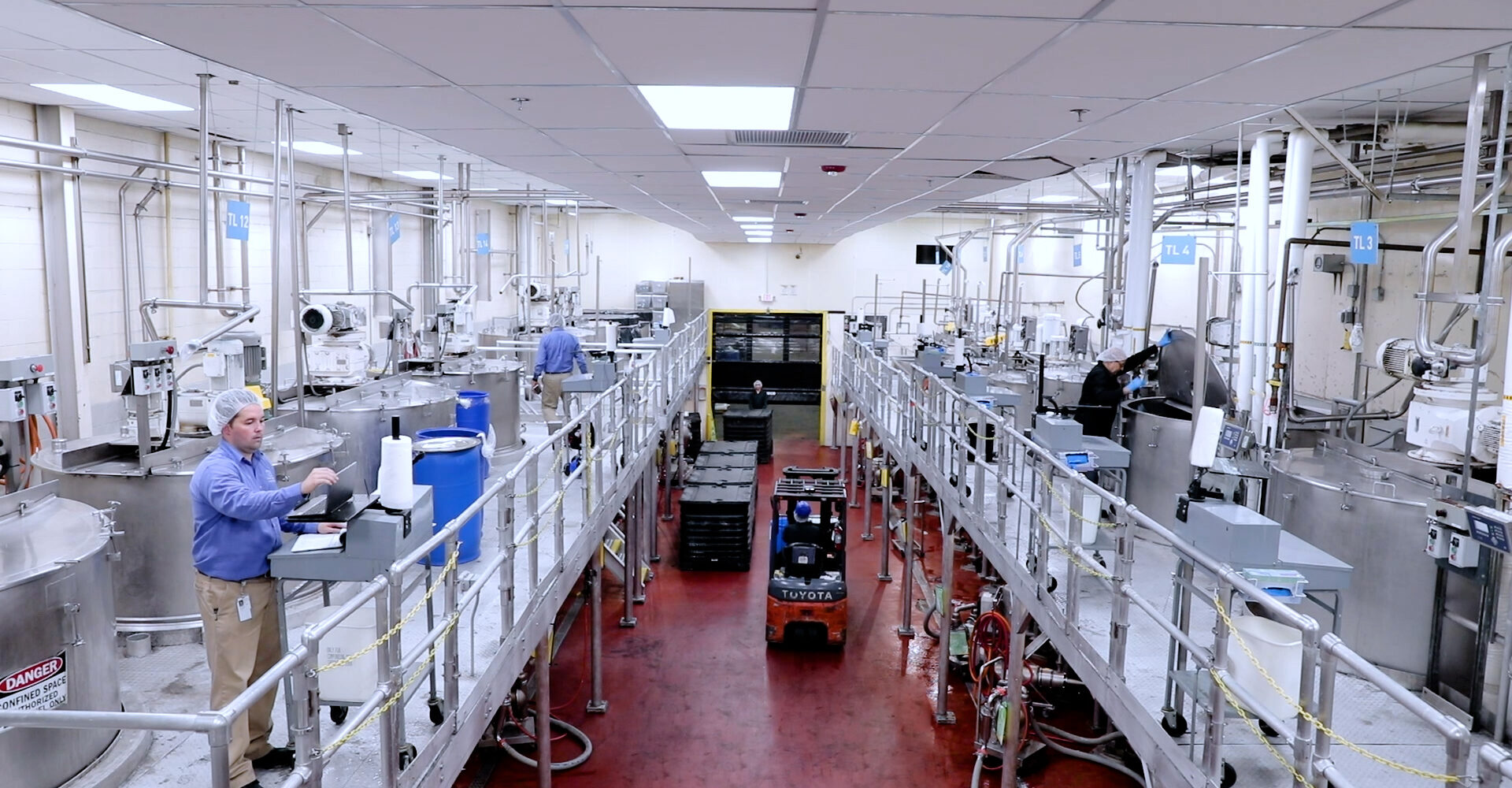
Domestic manufacturing has been on the upswing. Why do you think domestic manufacturing is important in beauty?
If you are growing cool indie brands, I think it’s super important to be close to the production because these brand founder and product people want to touch and feel ingredients and products. They are iterating all the time, so it can be really tricky to have that production be overseas, or even far away.
The last growth lever I talked about was opening hubs in multiple parts of America because even being just on the West or East Coast is limiting your reach to domestic brands in other parts of the country. That’s not to say that there is not a massive amount of goods being produced overseas, but, for the higher end of the market, it’s important to have boots on the ground and touchpoints locally. So, that’s a big reason manufacturing stays here for a lot of the indie brands.
That said, there’s an interesting platform out of New Jersey, iLABS, that is also in South Korea. There’s an opportunity to have a perspective from one of the most innovative beauty markets in the world overseas with the same level quality as here, and with an effectively mirror facility domestically (in New Jersey). However, that takes significant investment and understanding of both markets. He [iLABS founder David Chung] has that.
One other factor for local production that comes to mind is convenience. If you are putting in a purchase order, sometimes you are putting it in for six to 12 months down the line, then it’s easier to manufacture overseas, but fast-growth brands are trying to catch demand as it’s coming, so local is important to get things finished quickly.
There’s a platform in Detroit called Merit Manufacturing, and the founder comes from an e-comm background and started it with the understanding that, for e-comm founders especially, there’s a need to deliver end to end quickly, so he created the platform from the ground up with the idea of taking things from ideation to out the door extremely expediently. That’s an extreme example of why the domestic model wins out in this vertical right now because to do that from Korea or China would be cost prohibitive.
What about adding packaging or ingredient capabilities to contract manufacturers?
Creating an end-to-end offering can be strategy for contract manufacturers, but definitely adds a level of complexity for small companies. Companies like iLABS are uniquely positioned to do it because the team has successfully built and scaled similar companies before and has the operational expertise to execute it well
How will what’s going on in the manufacturing space impact end consumers?
A couple of things come to mind—increases in innovation and regulation via MoCRA. On the innovation side, customers will continue to benefit from platforms such as PhytogenX, an incredibly differentiated company making great products that’s highly respected in the space. These innovative players will continue to partner with incumbent and new entrant indie brands to fuel newness and problem/solution products within the sector.
The implementation of MoCRA is an accelerant of consolidation. The increasing regulatory overhang that comes with MoCRA will make it tougher and tougher for smaller folks to continue on and keep up, but there are reasons for the regulatory framework. It’s upping the ante on making sure things are safe, and we have visibility into the way they are being tested. From that side of the coin, it’s positive. It can be tricky for small organizations, but, for the end consumer, net net it’s positive.
The reason it’s tricky is because of the increased fixed cost, so it might have pressure on price that flows down to product, but I don’t know if that’s the major driver of input costs. That’s more generally cost of goods and inflation. If you look back in five years, you may say it most likely will have some pricing impact on end consumers, and there will be safety and testing impact to the better.
How many assets are on the market today looking to sell?
There are two or three assets of scale on the market today. There’s a good amount who are ready to go when the time is right and are contemplating exit in the next 12 to 24 months. That cohort is five to 10 or more, depending on what you consider of scale.
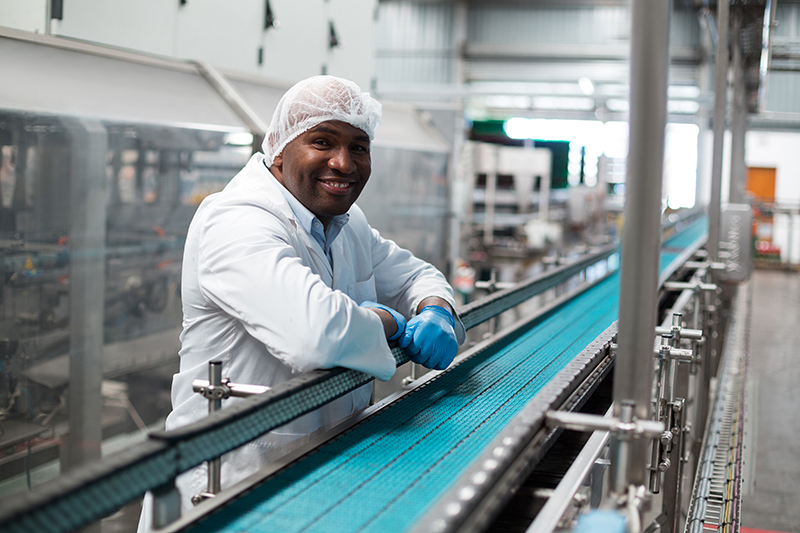
We’ve seen a flurry of deals on the brand side. Does that affect deals on the manufacturing side?
The fact that there are brand deals coming through is an indicator that the market it healthy. It tells me broadly that sponsor capital is being put to work now. Private equity is looking to deploy capital. So, for those who have a thesis around contract manufacturing, it’s a good time to invest, and for those ready, it is a good time to explore exit opportunities.
What about exit possibilities in the manufacturing space?
First off, overseas, Intercos has had success going public in Milan – so that is a good place to look at a an example of scaled exit. A lot of folks have been looking at KDC/ONE and Voyant and saying, what’s next for these scaled platforms domestically? KDC ONE had filed to go public, but then the IPO market weakened and they instead partnered with KKR to help build the business.
I think we will see publicly traded scaled manufacturers and that will become the northern light of what you do with these companies at scale and that means billions of dollars. There is a lot of runway between the assets that are $10 million to $50 million EBITDA and that. Those assets could trade hands between a few sponsors, but the question is, what’s at the end of the rainbow? Going public is probably it.
Anything else come up when you are talking to investors about manufacturing?
The most prevalent question that I receive when I’m talking to investors who are interested in meeting players in this sector is they want to know how hands-on and bespoke value-added it is. The secret sauce these days is, can you really be a value-added partner to brands? That’s a higher bar, but we see some people doing it really well.
We discussed PhytogenX earlier, and the sponsor platforms we’ve talked about—Elevation Labs, Prime Matter Labs, Cosmetic Solutions and Allure Labs—have done a really great job stepping up. They had really great differentiation to begin with, and they’ve turned up the dial on it. These are true partners to brands, delivering innovation to incumbent and up-and-comers alike.

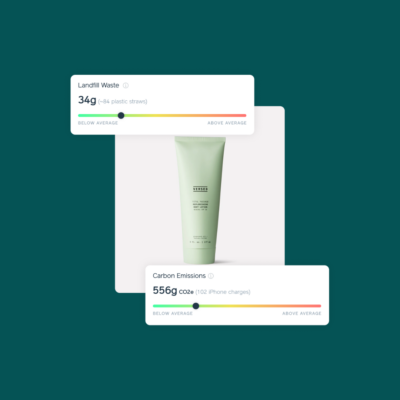
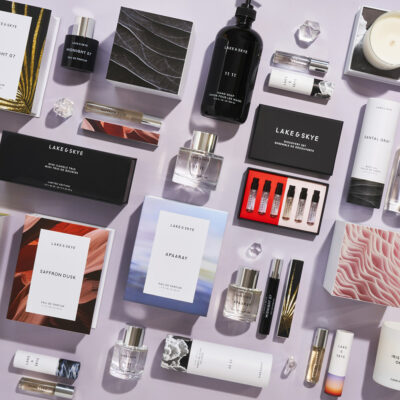
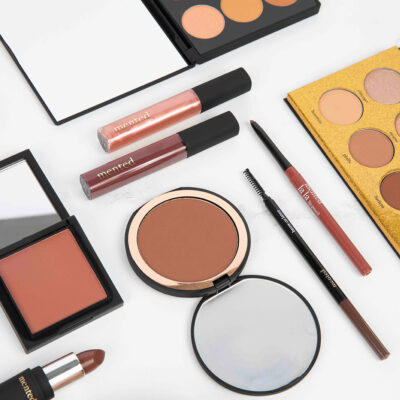
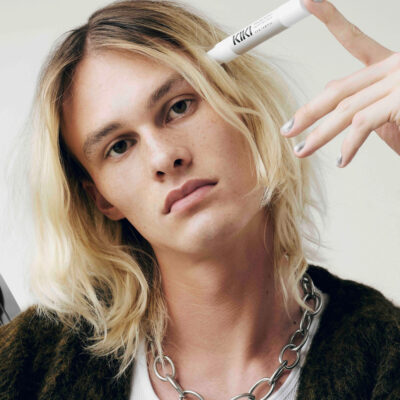
Leave a Reply
You must be logged in to post a comment.